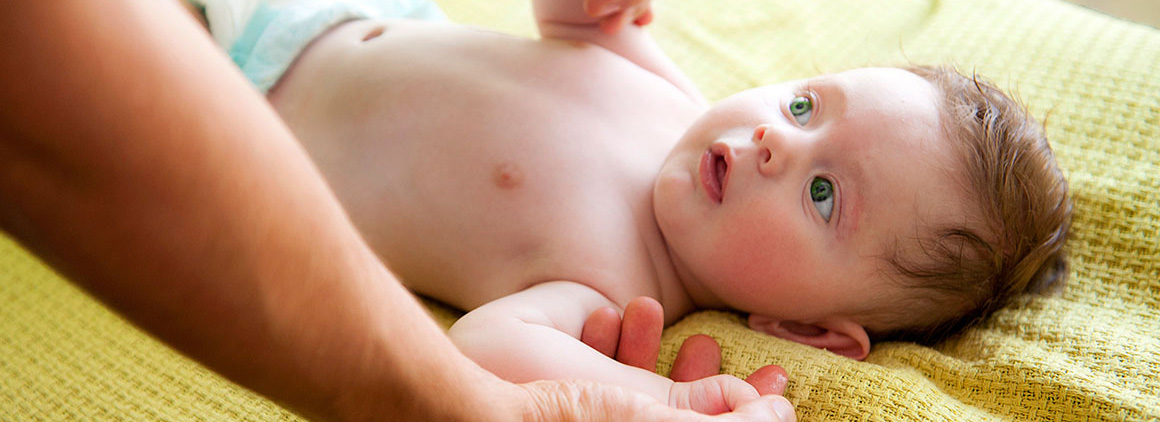Osteopathy and pregnancy
During pregnancy, a woman’s body must continuously adapt to a new center of gravity and the major changes taking place throughout the 41 weeks. The body’s posture, physical movements, hormones, tissues and general condition are all thrown off balance.
Osteopathic treatment can help improve the overall health of pregnant women and their babies, increasing the chances of a trouble-free pregnancy. It can also help a pregnant woman’s body adjust to the numerous changes and constraints affecting the tissue and abdomen. This specialized branch of osteopathy is called obstetric osteopathy.
During an obstetric osteopathy appointment, your doctor will examine your pelvic area (known as the pelvic ring) and your diaphragm – which is the main muscle used in breathing and therefore plays a key mechanical role in digestion, posture, the functioning of the perineum and the flow of blood from the legs and pelvis back up to the heart. Pregnancy often restricts the diaphragm’s movements. Osteopathic treatment of these systems can correct your posture and relieve discomfort.
Obstetric osteopathy can correct a number of pregnancy-related disturbances such as:
- back pain – in the tailbone, vertebrae or lower back (sciatica)
- digestive problems – nausea, vomiting, acid reflux, indigestion
- urogynecologic discomfort – urinary infections, yeast infections, aching
- obstetrical symptoms – abnormal presentation of the fetus, contractions, uterine spasms
Obstetric osteopathy can also help you prepare for childbirth. For instance, childbirth can be made more difficult by any lasting effects of a trauma, especially one to the pelvis (e.g., from a car accident, falling on your tailbone, a scar from an episiotomy or a painful epidural).
Osteopathic treatment is not intended to replace care from an obstetrician. Rather, it should form part of your overall pregnancy care delivered by a team that also includes a midwife, gynecologist and obstetrician.
Osteopathy and children
Osteopathy can play an important role in a child’s development, from birth all the way through to adolescence. Pediatric osteopathy, which is part of a holistic approach to neonatal care, can help make sure your infant’s body grows and develops smoothly. Our osteopaths work with pediatricians, childcare centers, haptonomists and hospitals.
There is no lower age limit for consulting an osteopath; babies can be examined and treated from birth. Factors such as a fetus’ position in the uterus, labor complications or even post-partum movements can lead to neonatal mobility loss, which can in turn cause a variety of short-term problems.
Reasons you may wish to consult a pediatric osteopath include:
- long childbirth (> 8 hours)
- abnormal fetal presentation (the face, bottom or side)
- birth with the umbilical cord around the baby’s neck
- a forcep- or vacuum-assisted delivery, including as part of an emergency C-section
- plagiocephaly, cranial deformation, facial asymmetry or torticollis
- difficulty breastfeeding
- digestive problems such as regurgitation, colic or constipation
- ENT disorders such as ear infections or nasal discharge
- a baby who is agitated, cries frequently or has trouble falling asleep
Adolescents, growth and orthodontics
Pediatric osteopathy can help children and adolescents overcome problems related to growth, posture and orthodontics. For instance, our osteopaths work with dentists and orthodontists to provide supplementary treatment to adolescents wearing braces, retainers or headgear. Such dental appliances can stress the cranium and vertebrae and impact an adolescent’s quality of life, causing fatigue, headaches, difficulty concentrating, problems at school or tension at home. A pediatric osteopath can act as an intermediary between family members, pediatricians, teachers and other caregivers. A child’s or adolescent’s emotional and physical well-being is a common and important reason to consult an osteopath.
Our osteopaths are trained to treat:
- pregnant women
- babies
- children

